#History of Textiles
Text
114 notes
·
View notes
Text
Time Travel Question 26: Ancient History XIV and Earlier
These Questions are the result of suggestions from the previous iteration.
This category may include suggestions made too late to fall into the correct grouping.
Please add new suggestions below if you have them for future consideration. All cultures and time periods welcome.
#Dʿmt#Time Travel#Ötzi#Bronze Age#Prehistory#The Bible#Siddhartha Gautama#Jesus of Nazareth#Religious History#Early Humans#Ötzi the Iceman#Textiles#History of Textiles#Ethiopian History#Slavic History#Lechitic Peoples#Lost Literature#The Tully Monster#Iberia#Spanish history#Ancient World
89 notes
·
View notes
Text
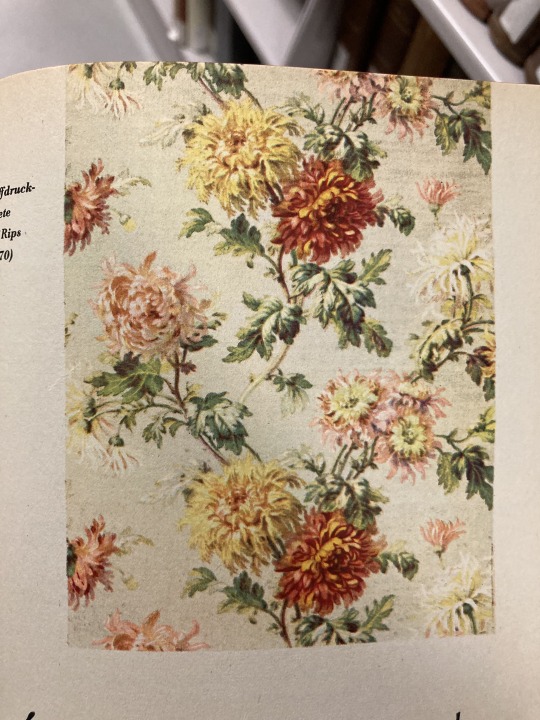


Wallpaper Wednesday
Need some wallpaper inspo? While flipping through this German textile book, I started to miss the days when house walls were covered with wallpaper, whether audacious and gaudy or decorative and ornate, I just miss it.
Who's a fan of wallpaper?
Bunter Traum auf gewebtem Grund : aus der Wunderwelt des Stoffdrucks (1938)
#wallpaper#wallpaper wednesday#textiles#history of textiles#history of fashion#fabric#textile arts#fiber arts#othmeralia
37 notes
·
View notes
Video
Next up in our #unboxing #SIMSseries - more about the Jacquard woven book of hours, made by an automated loom in Lyon, France, in the 1880s, and recently purchased by the Kislak Center for Special Collections, Rare Books and Manuscripts at the University of Pennsylvania Libraries. Join Kislak Curators Mitch Fraas and Dot Porter as they ooo and ahhhh!
#manuscript#is it a manuscript#not a manuscript#book of hours#Jacquard book of hours#woven book of hours#history of textiles#history of printing#history of technology
454 notes
·
View notes
Photo



When Nylon Was New: A Wedding Dress from 1939
This dress appears at the South Bend, Indiana History Museum as part of Unveiled: Wedding Traditions which runs through January 8, 2023. The curators tell us it was made, not of the traditional heavy silk satin, but of a stretchy nylon which it true makes it quite a find.
Nylon, the first completely synthetic fiber, had only been invented in 1935, and then become very popular in 1939 when the finest fibers were used to make women’s stockings. Nylons, in fact, became the word used for women’s stockings which were not made of natural fibers like silk or cotton. So this dress must have been one of the first of its kind. It also used a metal zipper which which was a modern invention too. Earlier and for years after, women’s dresses used a placket of hidden snaps to shut on the side instead. Fashion, like other parts of material culture, was influenced by technological innovations.
The style itself is more traditional with a lavish train which you see gracefully swirled on the floor. Then gathers and bands mark the bodice piecing to shape the waist and the upper arms of the sleeves as well. The fitted waistline was common in the late 1930s, as the silhouette had moved away from the tube shape of the 1920s. So it was a mix of new technology and old-fashioned dressmaking come together for Mary Ann Frash who wore this when she married Frances Jones in 1939.
To learn more about the exhibition, go here: https://www.historymuseumsb.org/see-do/exhibits-2/
#wedding dresses#vintage wedding dress#wedding#nylon#nylon textiles#1930s fashions#costume history#dress history#fashion history#costume history exhibition#dress history exhibition#fashion history exhibition#technology and fashion#zippers#history of zippers#history of textiles#unveiled wedding traditions#south bend history museum#south bend
33 notes
·
View notes
Text
Yarn – It’s Fundamental to Human Culture
In researching for my next Prayer Shawl Chronicles book, I've been shocked to discover how much time and work went into yarn making. Appreciate those precious skeins!
We’ve all seen the memes. “My other hobby is buying yarn.” “My yarn stash exceeds my expected lifespan.” “Yarn is like chocolate; you can never have too much.”
We treat yarn as if there’s an abundant worldwide stash ready for us to buy, in any amount. Craft stores literally stock enough yarn to reach the ceiling. You can obtain yarn for any project you have in mind with a couple of clicks on…
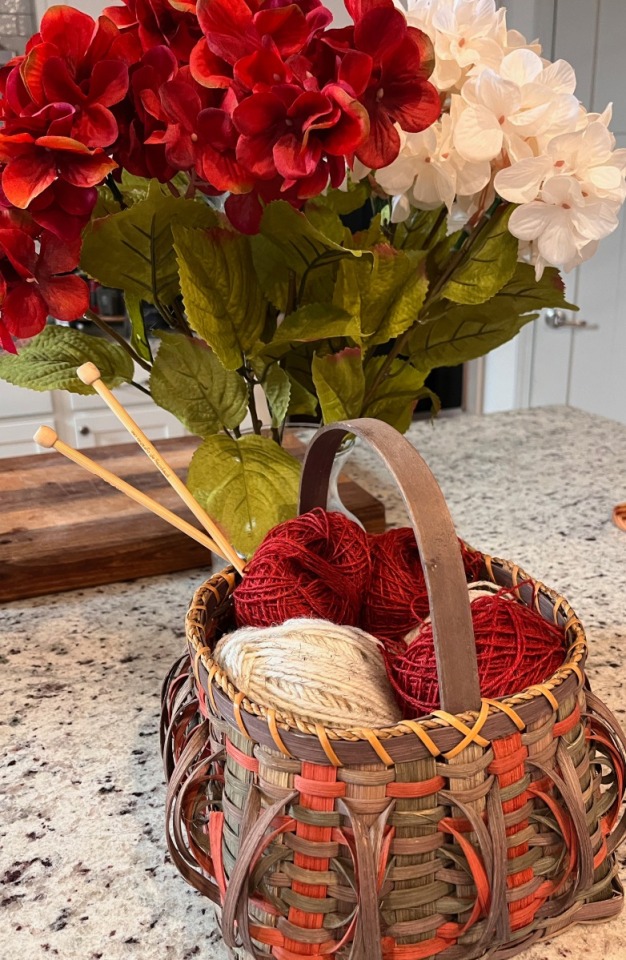
View On WordPress
#history of knitting#history of textiles#history of yarn#knitting#knitting yarn#women&039;s history#yarn#yarn stash
4 notes
·
View notes
Photo

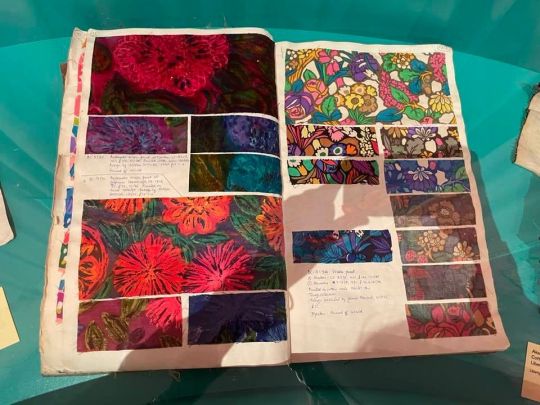

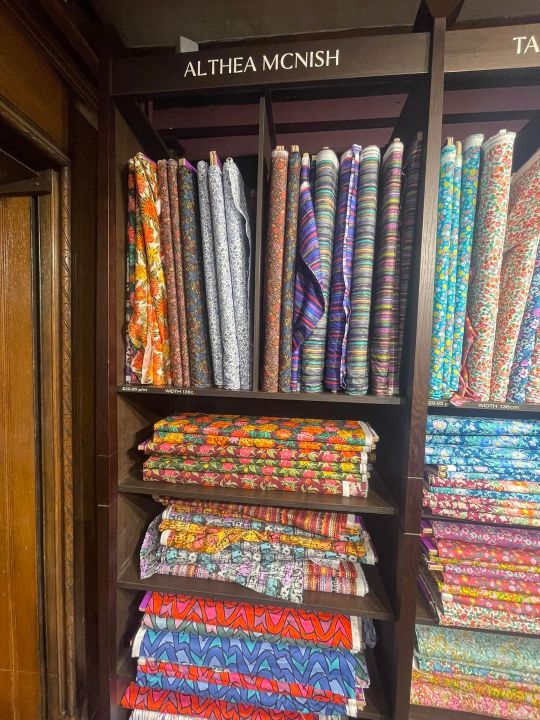

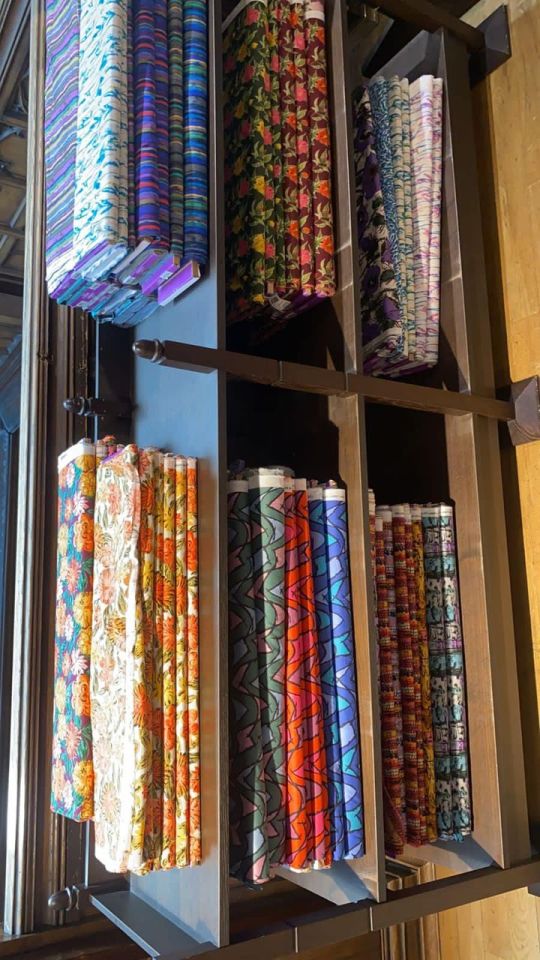

S E X Y P I N K
Seen on Facebook....
Liberty Mission Accomplished ... this is all that’s left of the Althea McNish limited collection; it sold like hot cakes with many designs no longer available)
#sexypink/Anthea McNish#sexypink/fabric designer#sexypink/Trinidad and Tobago#tumblr/Althea McNish#tumblr/fabric#liberty of london#archives#history#fabric#history of textiles#Trinidad and Tobago Textile Artist Anthea McNish#Textile Arts#women in textile arts#Caribbean Textile Artists#Female Caribbean Textile Artists#sexypink/Caribbean women Textile Artists#pioneers#icons
10 notes
·
View notes
Text
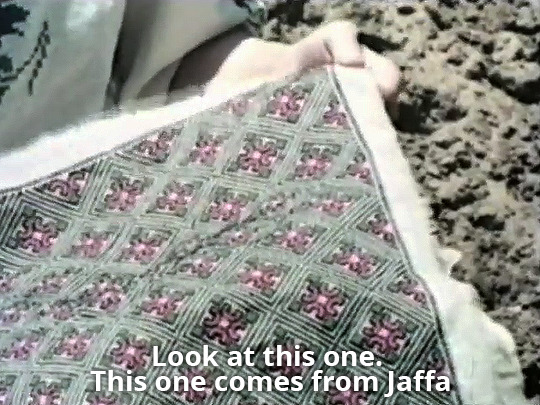
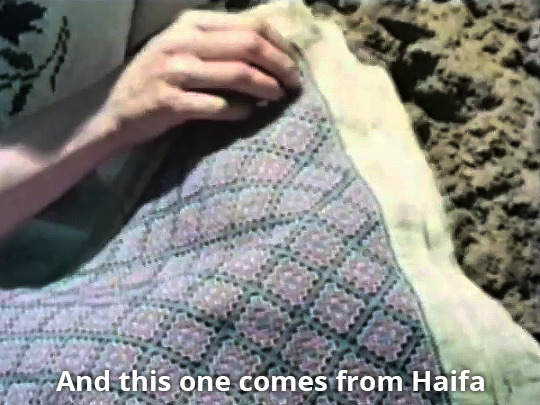
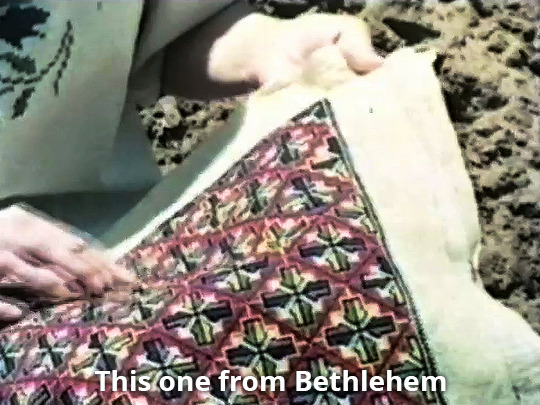

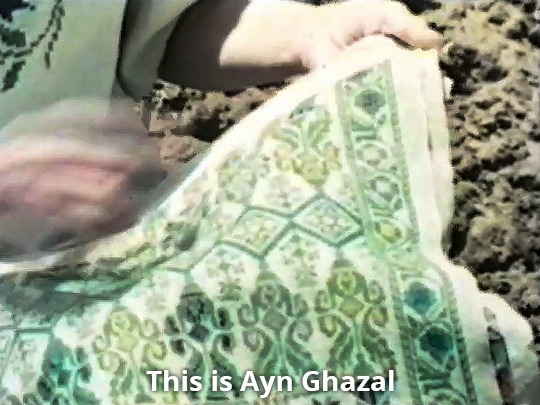
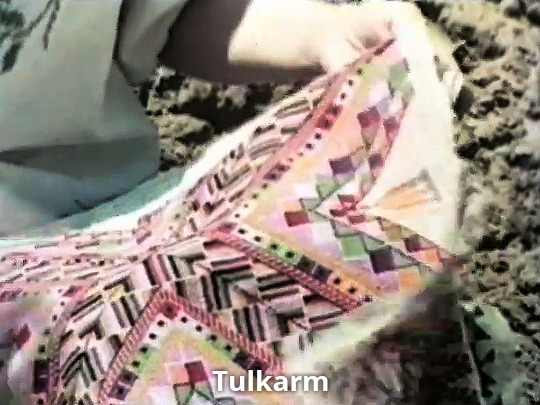
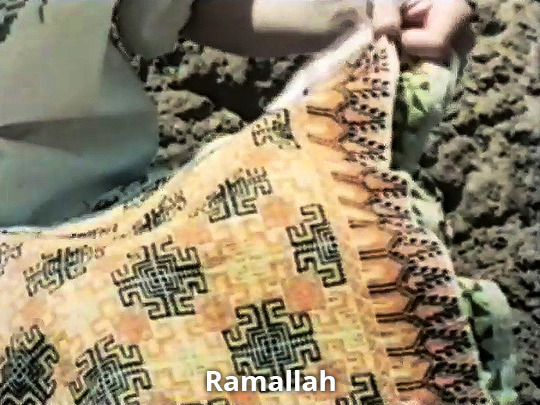

The Palestinian (1977)
#the palestinian 1977#vanessa redgrave#gaza#ramallah#tulkarm#ayn ghazal#jerusalem#bethlehem#haifa#jaffa#documentary#screencaps#post#history#tatreez#artistry#jerusalem and tulkarem my favess#textiles#art
28K notes
·
View notes
Text




François Martin-Kavel & pink fabrics
French, 1861-1931
#art#painting#classical art#women in art#art detail#fine arts#art history#french art#François Martin-Kavel#pink aesthetic#pink#19th century art#19th century#fashion history#historical fashion#textiles#art lover#historical art#painting detail#light academia
8K notes
·
View notes
Text
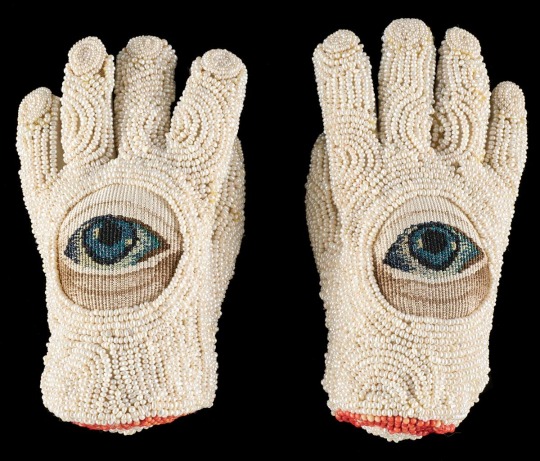

Jon Eric Riis
Hands of the Oracle
#jon eric riis#american art#american artist#contemporary art#contemporary artist#contemporary aesthetic#aesthetic#fabric art#soft sculpture#textile art#american textile art#hands#modern art#art history#aesthetictumblr#tumblraesthetic#tumblrpic#tumblrpictures#tumblr art#tumblrstyle#artists on tumblr
9K notes
·
View notes
Text

Vogue Arabia featured traditional hand embroidery from different regions of Palestine in solidarity with Palestine
#free palestine#palestine#Vogue#vogue arabia#fashion#fashion history#textiles#textile history#mine#Gaza#free Gaza#Middle East#mena#couture#high fashion#haute couture#Art#Art history
6K notes
·
View notes
Text
Time Travel Question : Medievalish 2
These Questions are the result of suggestions from the previous iteration.
This category may include suggestions made too late to fall into the correct earlier time grouping. Basically, I'd already moved on to human history, but I'd periodically get a pre-homin suggestion, hence the occasional random item waaay out of it's time period, rather than reopen the category.
In some cases a culture lasted a really long time and I grouped them by whether it was likely the later or earlier grouping made the most sense with the information I had. (Invention ofs tend to fall in an earlier grouping if it's still open. Ones that imply height of or just before something tend to get grouped later, but not always. Sometimes I'll split two different things from the same culture into different polls because they involve separate research goals or the like).
Please add new suggestions below if you have them for future consideration. All cultures and time periods welcome.
#Time Travel#Taino#Indigenous History#Tenochtitlan#Irish History#Connacht#Aztecs#Tikal#Maya#Caribbean History#Cuba History#Chimor#History of Textiles#History of the Americas#Rus#History of Religion#Komi#Toltecs#Iberian Peninsula#Bavaria
75 notes
·
View notes
Text
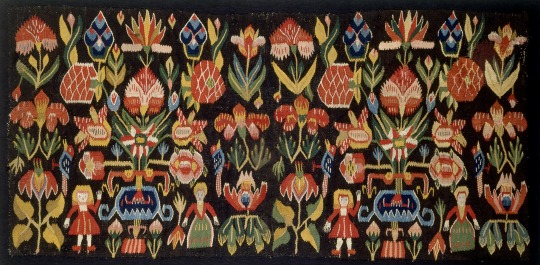

Skånsk textiles, late 18th century
from the Khalili Collections
3K notes
·
View notes
Text

Today's #MicroMondays is definitely #notalion. He's Leo, and you can find him and his fuzzy muzzle on f. 23r of LJS 463, a 15th century German compilation of medical and astrological texts.
Online: https://franklin.library.upenn.edu/catalog/FRANKLIN_9948425633503681
#medieval#manuscript#renaissance#german#germany#medicine#astronomy#astrology#history of textiles#lion#leo#zodiac#book history#rare books
100 notes
·
View notes
Text

1895
#historical fashion#fashion#historical#history#historical clothing#historical dress#long dress#victorian#victorian era#victorian fashion#victorian pattern#victorian clothing#victorian history#victorian dress#textile#textiles#art#artwork#fashion plate#fashion dress#1800s dress#late 1800s#1800s fashion#1800s#circa 1895#19th century fashion#late 19th century#19th century#1895 sleeves#dress
2K notes
·
View notes
Text
I’m sure everyone remembers the article from 2020 where researches found three-ply cordage made by Neanderthals.^
But did you know that in the supplemental material for the article, it mentions that pine needles can be made into textiles?^^ As someone who works with textiles myself, I had come across pine needles as a dye stuff, but not as a fibre.
The source is listed as "L’acquisition des matières textiles d’origine végétale en Préhistoire" by Fabinne Médard. It talks about how other fibres, including brambles and broom could have been used prehistorically for a similar purpose, as well as flax. However, it contains only one metion of pine needles.
“Les aiguilles du pin sylvestre (Pinus sylvestris L.) fournissaient, après rouissage, une matière textile appelée « laine des forêts » qui remplaçait la ouate et l’étoupe dont on faisait également des tissus (Mathieu [1858] 1897)" *
The needles of the Scots pine (Pinus sylvestris L.) provided, after retting, a textile material called “forest wool” which replaced wadding and tow from which fabrics were also made.
So Scots pine needles were processed, spun and woven, or simply used directly after processing, potentially prehistorically.
If you follow the source for the quote above, it takes you to a book from 1860 called Flore forestière; description et histoire des végétaux ligneux qui croissent spontanément en France et des essences importantes de l'Algérie. It says:
“On fabrique depuis quelques années, avec les faisceaux fibreux, allongés, et tenaces des aiguilles, une espèce de drap grossier.” **
For several years, we have been making a kind of coarse cloth using the fibrous, elongated and stiff bundles of the needles.
So this processing of pine needles was also happening in the 1800s.
Another souce from the 1840s describes the texture of forest wool as resembling "...horsehair, and has been used for stuffing mattresses"** and that an industry sprung up in Humboldtsau, near Breslau for processing it. Manufacturies for forest wool then spread to Sweden, Holland and France, which may explain the mention in the 1860 Flore forestière.
Despite looking a bit more, but couldn't find much else on the subject expect a recent masters thesis in German (which I couldn't access) and an article on the designer Tamara Orjola.
Orjola's work investigates the modern use of pine needle fabric, showing there is still interest in it. She says:
"Forest Wool began with research on the forgotten value of plants. Valuable local materials and techniques are left behind due to the unwillingness of mass-production to adopt more sustainable practices. In the old days the pine tree was used as food, remedies, to build homes and furniture and for many other purposes. Nowadays, it is only valuable for its timber." ***
I find the line from prehistory to now facinating - that people have looked to something as mundane as a pine needle to spin, especially as researchers are discovering a lot of what they thought was linen fabric is actually ramie (from nettles).
As far as I can tell, only Pinus sylvestris L. and one other variety was used. I am not sure what makes that tree more suitable than other pine trees, or if it was simply a question of availability. In terms of processing, the answer as far as I can tell is retting, presumably followed by scutching and hackling - similar to how flax is processed. However I have not done that myself and cannot speak to the specifics.
It would be something intresting to try though.
________
^ https://www.nature.com/articles/s41598-020-61839-w#MOESM1
^^ https://static-content.springer.com/esm/art%3A10.1038%2Fs41598-020-61839-w/MediaObjects/41598_2020_61839_MOESM1_ESM.pdf
* https://journals.openedition.org/nda/602
** https://www.proquest.com/openview/276605d708970d416923b94e8856d20b/1?pq-origsite=gscholar&cbl=41445
*** https://lampoonmagazine.com/article/2021/05/15/recycled-wood-pine-needles-byproduct/
#fabric#history#i was consumed by the spirit of academia and could not stop reading french articles#please excuse the use of Google translate#my French is okay but not academic article good#it’s just a super interesting topic#the variety of plant fibres used for textiles is always larger than I think
734 notes
·
View notes